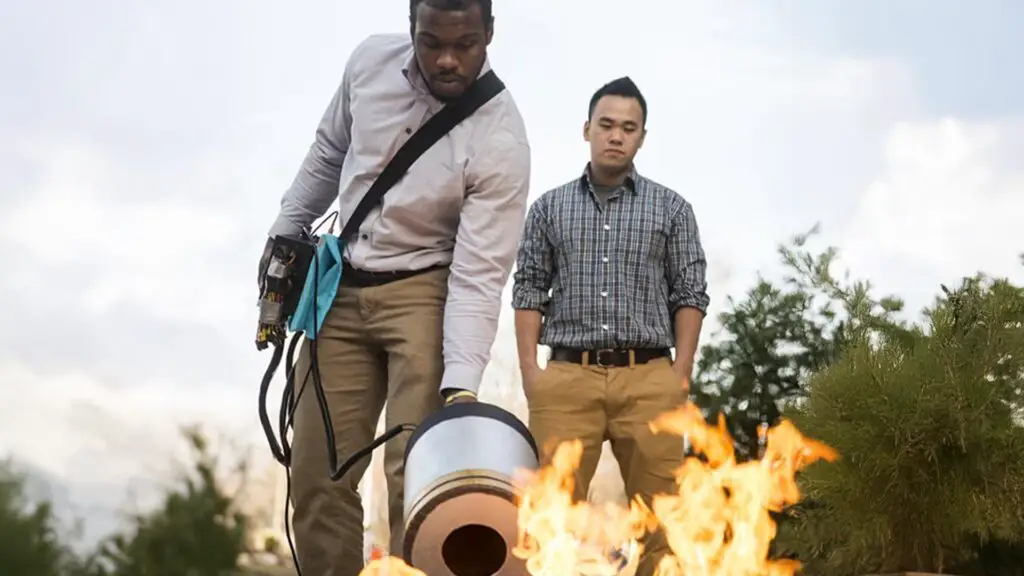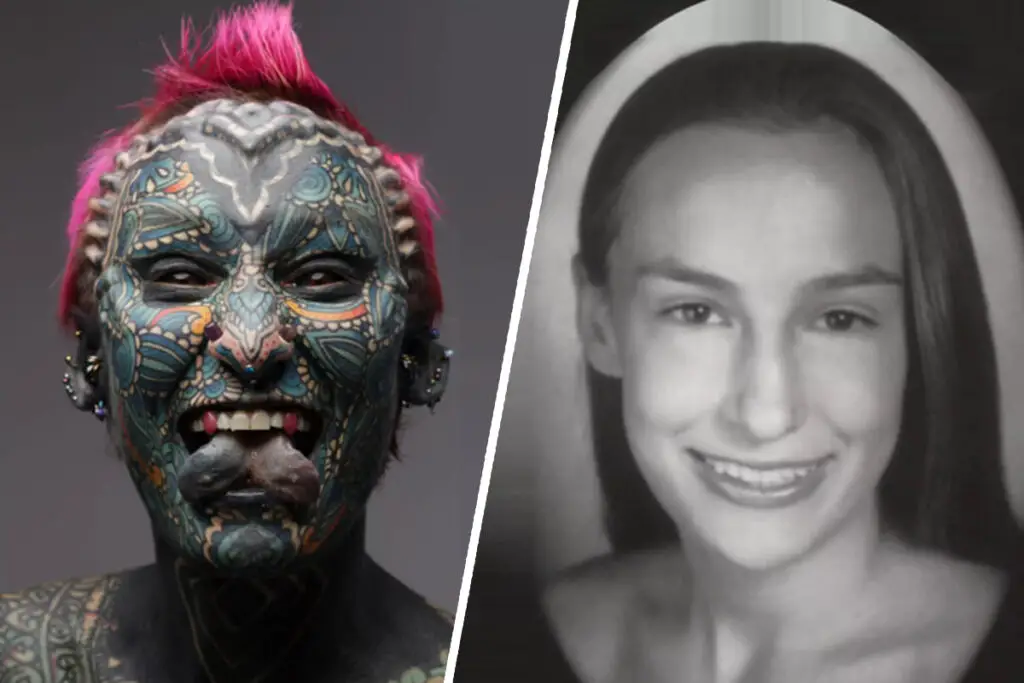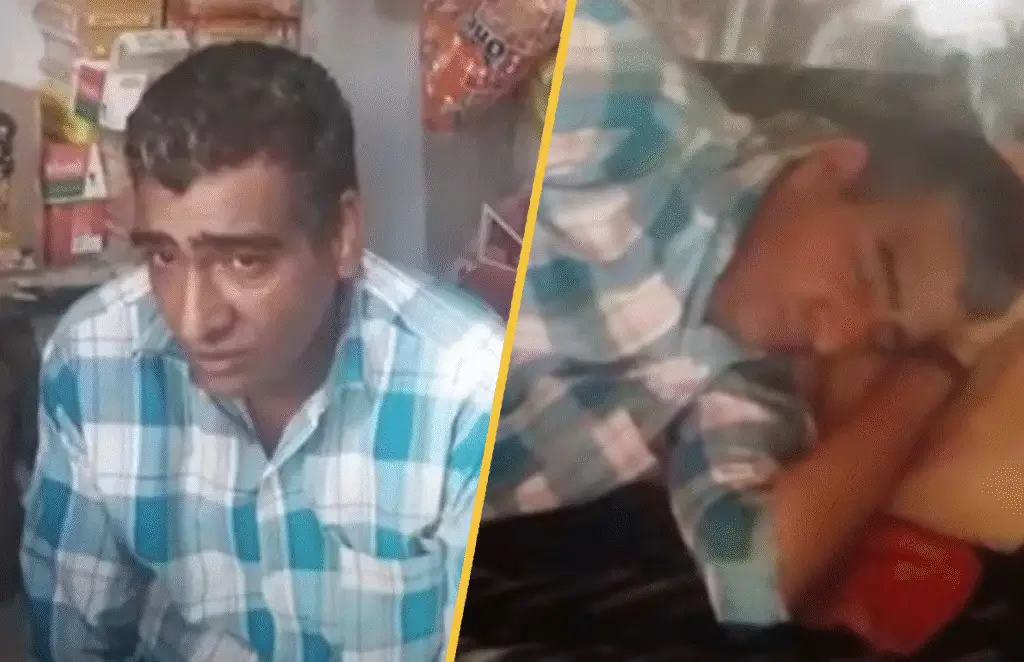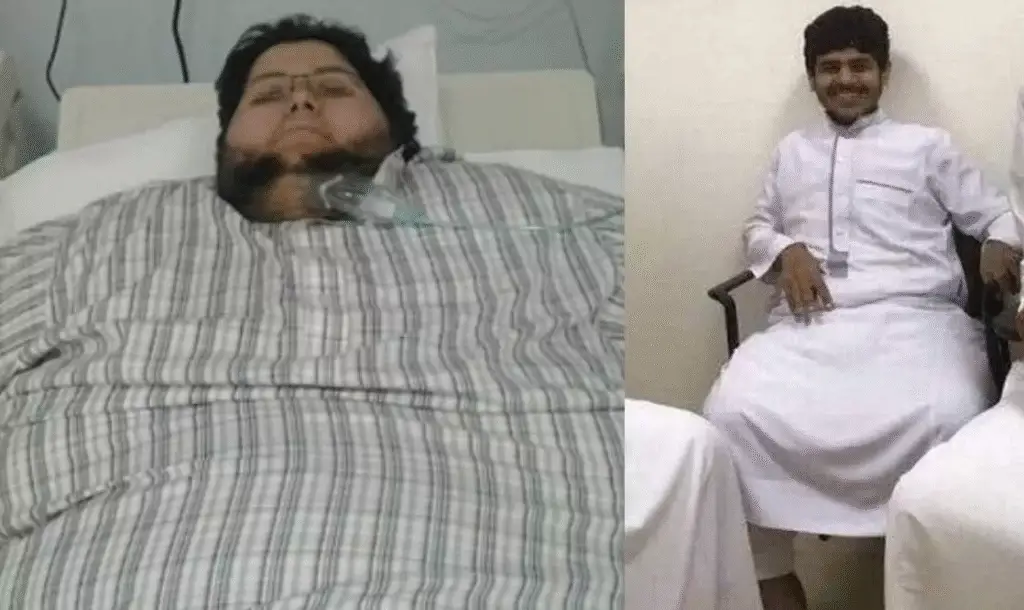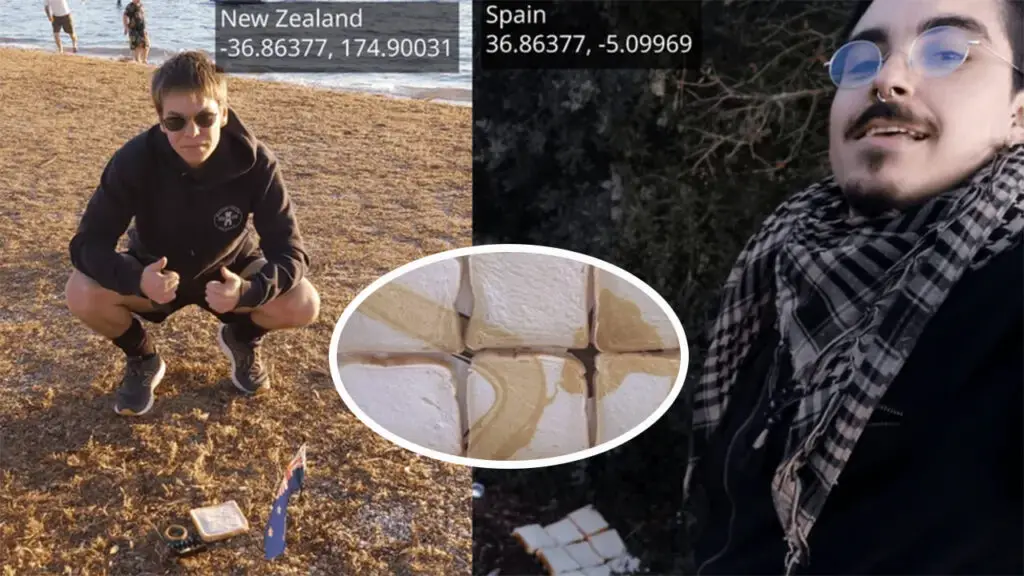Unique Lecture Hall Stunt by Otago Student Raises Health Awareness

In a moment blending surprise, humor, and purpose, a student cycled through an Otago University lecture hall wearing only a helmet and some strategically placed rugby strapping tape—leaving hundreds of health sciences students stunned and amused.
This wasn’t just a prank—it was a bold act to spotlight men’s health, particularly a lesser-discussed issue: testicular cancer.
A Shocking Entrance with a Serious Message
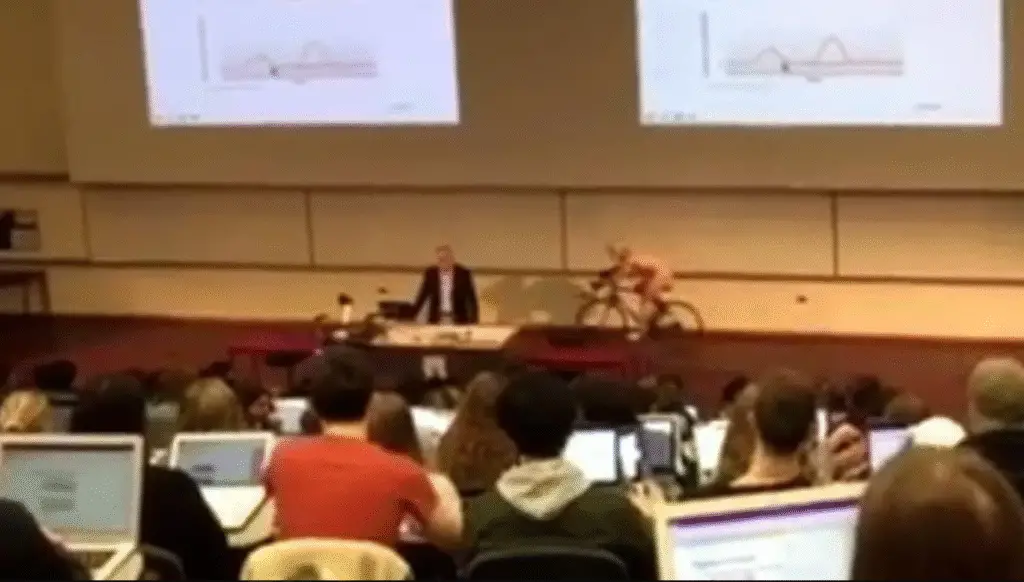
The event unfolded during a human body systems lecture, part of Otago’s health sciences program. While the class covered anatomy and physiology, 22-year-old economics and science student Paddy O’Brien made his entrance—on a bike, in minimal attire.
As he pedaled across the front of the lecture theatre, silence filled the room. Then came laughter and applause. “It was a bit chilly,” O’Brien later told the New Zealand Herald, “but adrenaline helped me push through.”
More Than a Stunt
The reason behind O’Brien’s act was deeply personal. A cancer survivor, he was diagnosed with a rare bone cancer at age 11.
Growing up in California’s Bay Area, he often spoke at charity events and learned the importance of raising awareness. “It’s been my philosophy ever since to do good for as many people as possible,” he said.
Now studying in New Zealand, O’Brien focused his advocacy on testicular cancer—one of the most common cancers among young men aged 15–39. His unexpected lecture hall ride aimed to start conversations about early detection.
Why It Matters
Testicular cancer has a high survival rate—over 95% when detected early. But symptoms can be subtle or easily overlooked. According to Testicular Cancer New Zealand, about 170 men are diagnosed each year in the country, with around 8 fatalities.
Typical warning signs include:
- A painless lump or swelling
- A feeling of heaviness or discomfort
- Fluid buildup in the lower region
- Sensitivity or hormonal changes, including breast tenderness (in rare cases)
Regular self-checks are encouraged. Testicular Cancer NZ provides helpful guides on how to monitor any changes and when to consult a doctor.
Tying Advocacy to Education
O’Brien chose a human anatomy lecture on purpose—to make a direct link between textbook knowledge and real-life health. “If this gets people talking and checking themselves, it’s worth it,” he said. The footage of his act, now widely shared online, is helping drive visits to awareness sites and opening up conversations.
University Responds
Otago University’s proctor noted that stunts involving nudity aren’t encouraged. “It was my first and likely my last,” O’Brien said with a laugh. While the university didn’t endorse the method, they acknowledged his good intentions.
As for the rugby tape? “Taking that off was rough,” he admitted. But for O’Brien, the temporary discomfort was nothing compared to the realities faced by those diagnosed too late.
Making an Impact
The stunt has gone viral, pushing more people toward resources like Testicular Cancer NZ, where visitors can learn about early detection, treatment options, and support systems. The site explains the two main types of this cancer—seminoma (slower growing) and non-seminoma (faster growing, often affecting younger men). Both are treatable with early action.
Final Thoughts
O’Brien’s bold move was never about fame. It was about starting a conversation that could save lives. “Anyone can raise awareness,” he said. “You don’t have to ride a bike in rugby tape. Just do something.”
His story is a reminder: knowing your body and catching changes early can make all the difference.

